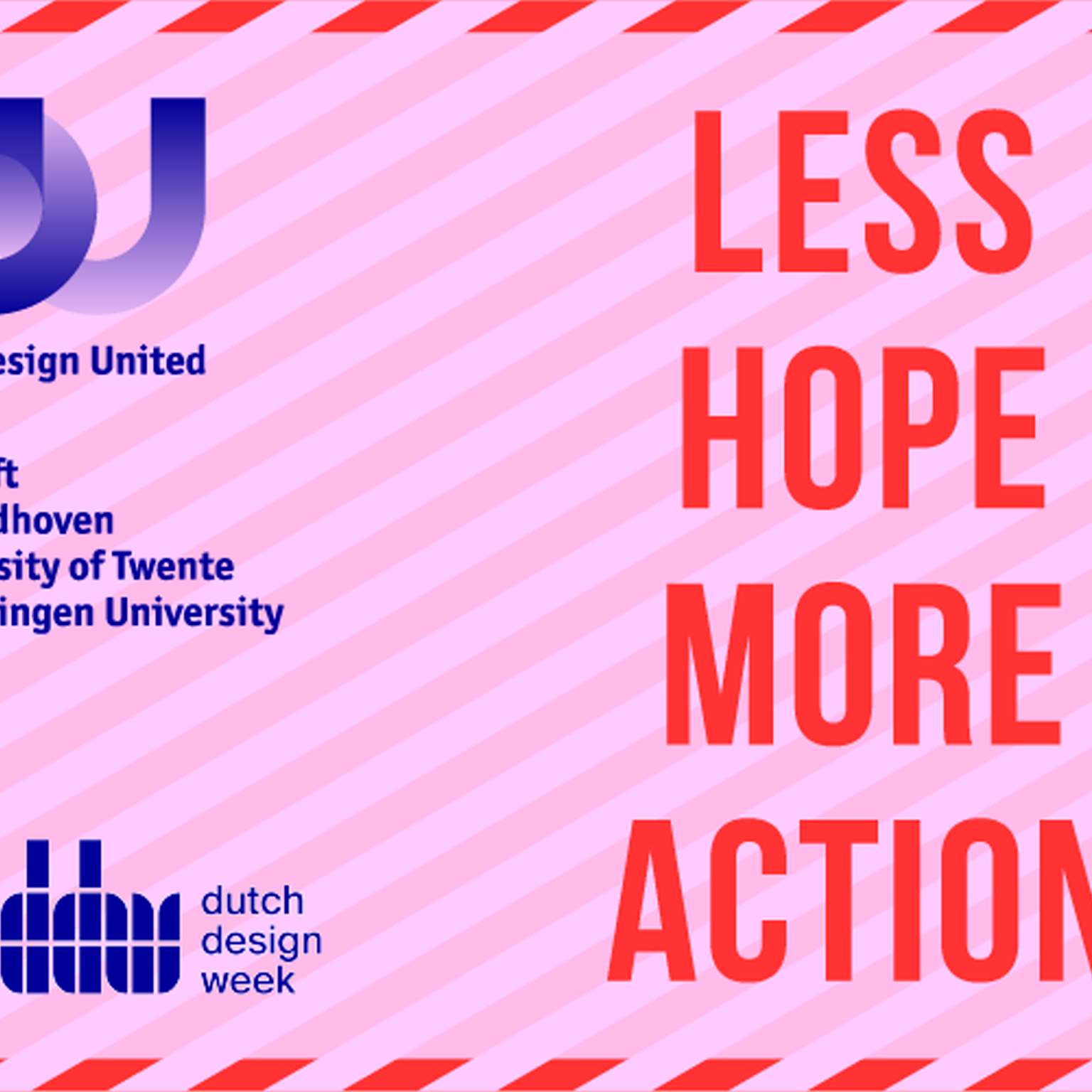Milene Gonçalves (TUD), Armagan Karahanoglu (UT), Jesse Joshua Benjamin (TU/e), Vera van den Burg (TUD) Associate Chair 3: Wilbert Tabone (TUD)
From Alternative Presents Toward Digital Futures
The present is not a fixed point but in constant flux. The design field is changing, accelerated by technology’s relentless pace and influenced by cultural, political and societal forces. The tools we use, the processes we adapt, and the artifacts we create are all transforming. This instability is not a challenge to overcome, but an invitation: to pause, to rethink, and to reimagine how we create and why.
This year, under the Digital Future banner, we gathered projects that ask precisely this question. They do not present the future as a fixed vision, but as a spectrum of possibilities, suggesting that digital futures are something we build, and by creating them, we redefine how we design now. But the big elephant in the room is AI. No longer a distant speculation or a simple promise of efficiency, AI is shaping how we design, think, and interact. Our projects address AI in two critical ways.
The first is AI as a design material. How uncertainty and unpredictability become sources of creativity? What happens when we converse with AI as a digital material? How do sensory experiences influence our trust in digital systems? These explorations reveal not only new aesthetics but also new ways of questioning design processes. Under this category, we highlight Studio Uncertainty, N̴OIO̷B̴V̷K̷͂͆͗ , Text-to-Clay, Merlett and Imitation learning.
The second is designing beyond efficiency. In a world obsessed with speed and optimization, these projects slow us down. They ask: can design foster richer, more meaningful experiences rather than frictionless ones? Can digital futures be about care, curiosity, and reflection rather than just productivity? Projects that address digital futures in this way are: OOO, Teach me to see through your eyes and Generative AI in city life.
Interestingly, many of these projects interrogate AI in both ways, falling in the two categories above. This suggests that designers are craving to understand not only how AI could become a design material to collaborate with but also to hold on to the rich and slower experiences fostered by human connection.
Together, these two trajectories form the backbone of our exploration. They remind us that digital futures are not predefined by technological innovation alone but by how we, as designers, choose to engage with them. In this unfolding landscape, the promise of digital futures is not a destination, but a call to action. A call to remain curious, critical, and inventive, always redefining the present as we step toward what comes next.
